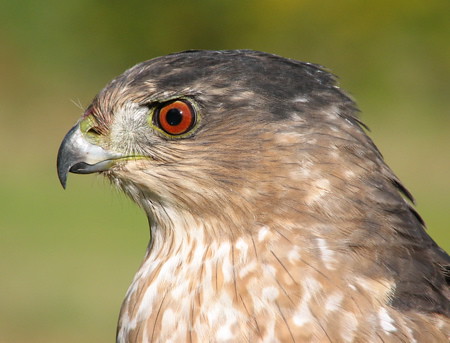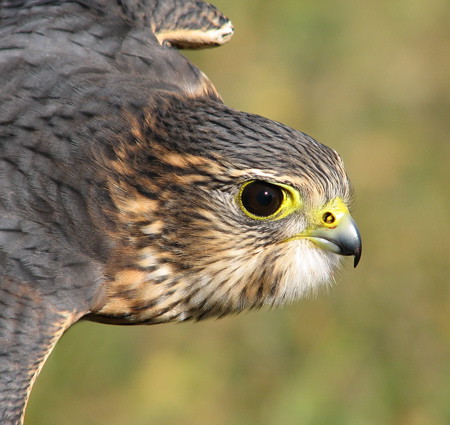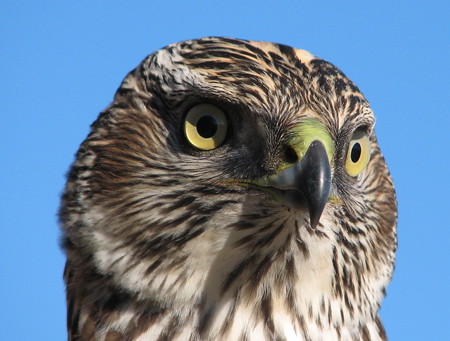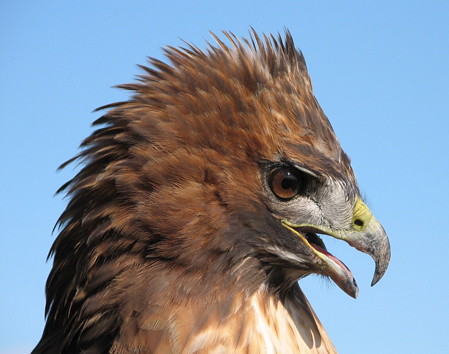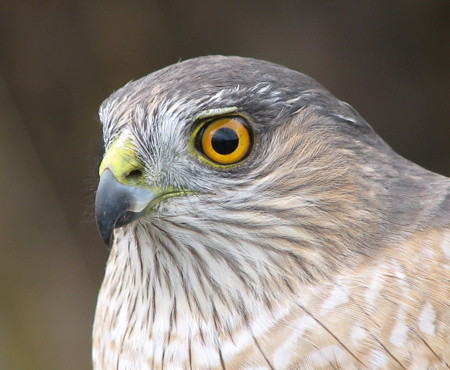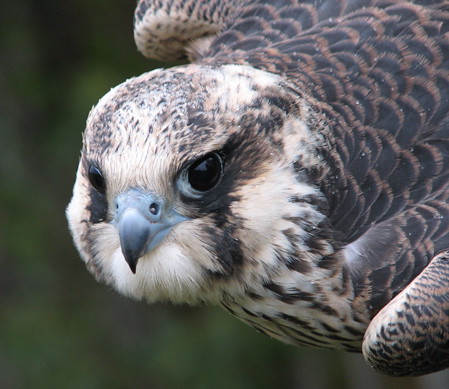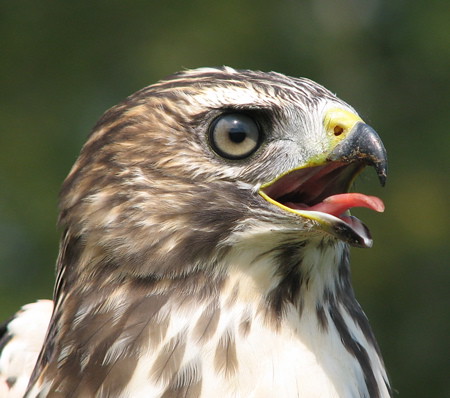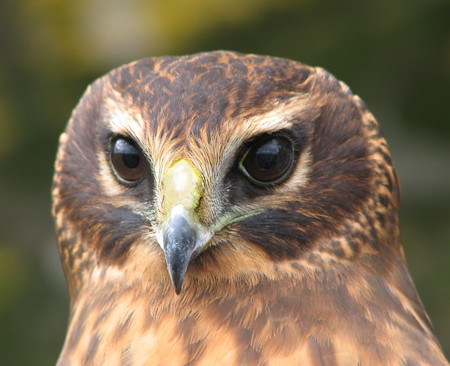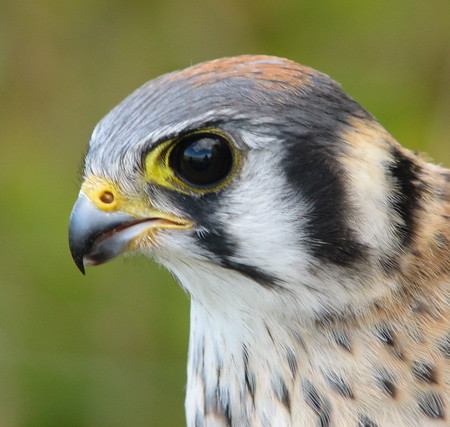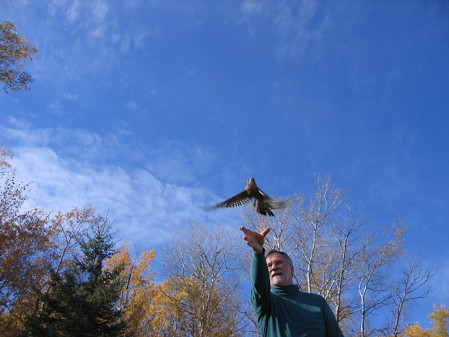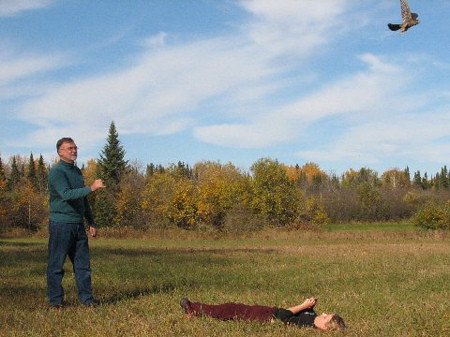 Duluth was just unbelievably gorgeous this past weekend. I was surprised that there were still so many leaves on the trees. I bundled up right now. I'm thinking back to last Friday when the temps were pushing 80 degrees in the Twin Cities and less than a week later I see snow flurries out of my window as I type this blog entry.
Duluth was just unbelievably gorgeous this past weekend. I was surprised that there were still so many leaves on the trees. I bundled up right now. I'm thinking back to last Friday when the temps were pushing 80 degrees in the Twin Cities and less than a week later I see snow flurries out of my window as I type this blog entry.
 I had so much fun with my family this weekend. Here is my mom and Terri looking at a female merlin while sitting in the blind.
I had so much fun with my family this weekend. Here is my mom and Terri looking at a female merlin while sitting in the blind.
 My favorite place to stay in Duluth, when not sleeping in my car is the Inn on Gitche Gumee. Each room has a theme and gorgeous view of Lake Superior and the enormous garden. The garden attracts a whole host of birds and during migration, it fun to sit on the deck with some coffee, wine or scotch and watch eagles, peregrines, gulls and warblers pass over. Some nights you can even hear night migrants chipping overhead.
My favorite place to stay in Duluth, when not sleeping in my car is the Inn on Gitche Gumee. Each room has a theme and gorgeous view of Lake Superior and the enormous garden. The garden attracts a whole host of birds and during migration, it fun to sit on the deck with some coffee, wine or scotch and watch eagles, peregrines, gulls and warblers pass over. Some nights you can even hear night migrants chipping overhead.
 The Inn is owned by Butch and Julie and Butch made all the bed frames, I loved the birch frame that was in one of our rooms. My mom and sisters love it and insist on staying here when they visit.
The Inn is owned by Butch and Julie and Butch made all the bed frames, I loved the birch frame that was in one of our rooms. My mom and sisters love it and insist on staying here when they visit.
 There's a trail behind the Inn that connects with other trails and if you follow it, you find this odd little natural art landscape. Rocks are stacked on each other, dead trees are planted upside down, etc. Its kind of Blair Witch Project/fairy land all in one.
There's a trail behind the Inn that connects with other trails and if you follow it, you find this odd little natural art landscape. Rocks are stacked on each other, dead trees are planted upside down, etc. Its kind of Blair Witch Project/fairy land all in one.
 I took my sisters back there and when Monica snapped this photo of Terri an orb showed up in the photo...ghost or fairy?
I took my sisters back there and when Monica snapped this photo of Terri an orb showed up in the photo...ghost or fairy?
 I had one of those "magical bird guide" moments. As we continued on the trail I told my sisters that sometimes you see grouse along her (meaning at some point in time over the years that I have been here, I once flushed a grouse). Two minutes later I found a grouse sitting about eye level in a balsam--I have never found a grouse before I flushed it. Monica and Terri got a great look and even got to watch it fly away.
I had one of those "magical bird guide" moments. As we continued on the trail I told my sisters that sometimes you see grouse along her (meaning at some point in time over the years that I have been here, I once flushed a grouse). Two minutes later I found a grouse sitting about eye level in a balsam--I have never found a grouse before I flushed it. Monica and Terri got a great look and even got to watch it fly away.
 Gray jays are EVERYWHERE in Duluth right now. I have never seen so many. There have been several reports on the MN bird listservs and there was a flock hanging around the Inn and at the banding station. I pished this one in and Monica got a photo. They look like chickadees on steroids.
Gray jays are EVERYWHERE in Duluth right now. I have never seen so many. There have been several reports on the MN bird listservs and there was a flock hanging around the Inn and at the banding station. I pished this one in and Monica got a photo. They look like chickadees on steroids.
 Here is a photo of Frank, Monica and Terri. I was really proud of Monica for going in the woods with me (literally and figuratively). She's not an outdoors type at all. Frank has been banding for over 37 years (longer than they have been banding at Hawk Ridge). He studies peregrines (he loves, loves, loves the peregrine falcon) and also studies what color of pigeons are more attractive to raptors--does color make a difference, and he also studies ways of using pigeons humanely so they do not get injured in the process of attracting hawks. He is a master bander and is in very good standing with US Fish and Wildlife. Frank has a huge raptor background. When I started at The Raptor Center he was the Curator of Birds and taught me how to handle raptors and give programs. His enthusiasm for raptors and their conservation is infectious. All of his research is turned in at the end of the season and can be accessed through US Fish and Wildlife.
Here is a photo of Frank, Monica and Terri. I was really proud of Monica for going in the woods with me (literally and figuratively). She's not an outdoors type at all. Frank has been banding for over 37 years (longer than they have been banding at Hawk Ridge). He studies peregrines (he loves, loves, loves the peregrine falcon) and also studies what color of pigeons are more attractive to raptors--does color make a difference, and he also studies ways of using pigeons humanely so they do not get injured in the process of attracting hawks. He is a master bander and is in very good standing with US Fish and Wildlife. Frank has a huge raptor background. When I started at The Raptor Center he was the Curator of Birds and taught me how to handle raptors and give programs. His enthusiasm for raptors and their conservation is infectious. All of his research is turned in at the end of the season and can be accessed through US Fish and Wildlife.
 Sunday was such perfect weather we got in 41 birds to the station! We were behind the blind when I took this photo and they had just taken those two sharp-shinned hawks out of the net. My sister Terri was there when one of the banders shouted "Freeze!" Another hawk was spotted and was heading for the nets. I got this photo of Terri and I love it, she looks so excited to be there while none of us were supposed to move.
Sunday was such perfect weather we got in 41 birds to the station! We were behind the blind when I took this photo and they had just taken those two sharp-shinned hawks out of the net. My sister Terri was there when one of the banders shouted "Freeze!" Another hawk was spotted and was heading for the nets. I got this photo of Terri and I love it, she looks so excited to be there while none of us were supposed to move.
 Someone asked earlier in the comments if we are worried about the birds biting us. Small hawks like sharp-shinned hawks don't pack too much of a punch with their bill. If you go to Hawk Ridge, they will bring out sharpies and the naturalists will happily show you how much the bite doesn't hurt.
Someone asked earlier in the comments if we are worried about the birds biting us. Small hawks like sharp-shinned hawks don't pack too much of a punch with their bill. If you go to Hawk Ridge, they will bring out sharpies and the naturalists will happily show you how much the bite doesn't hurt.
 The talons really are the business end of the bird. We had so many birds all at once--I think at this point there were 7 or 8 that we got in a row, we gave one to Terri to hold and she got nailed by one of the talons (the claws on the end of the toes). Terri was very excited to be footed.
The talons really are the business end of the bird. We had so many birds all at once--I think at this point there were 7 or 8 that we got in a row, we gave one to Terri to hold and she got nailed by one of the talons (the claws on the end of the toes). Terri was very excited to be footed.
 Here the photo of the bird that footed Terri, a passage sharp-shinned hawk. This is no poor little bird, this is a strong creature that can take a few minutes at a banding station and live to hunt and produce future generations.
Here the photo of the bird that footed Terri, a passage sharp-shinned hawk. This is no poor little bird, this is a strong creature that can take a few minutes at a banding station and live to hunt and produce future generations.
 Merlins on the other hand to pack a wallop in their bite. Falcons have sharper bills than other raptors and they can really slice up your hand. With merlins (or any falcon) you mind the talons as well as the bill.
Merlins on the other hand to pack a wallop in their bite. Falcons have sharper bills than other raptors and they can really slice up your hand. With merlins (or any falcon) you mind the talons as well as the bill.
 Red-tailed hawk talons are not only sharp, but have one heck of a grip so you really, really watch yourself around one of these. I regret to say that years ago I got footed by an education red-tail and it was not fun and oh so painful--I'll save that story for another day. Red-tail bills aren't very sharp, but they are bigger and more blunt so I would recommend having the bill too close to your nose.
Red-tailed hawk talons are not only sharp, but have one heck of a grip so you really, really watch yourself around one of these. I regret to say that years ago I got footed by an education red-tail and it was not fun and oh so painful--I'll save that story for another day. Red-tail bills aren't very sharp, but they are bigger and more blunt so I would recommend having the bill too close to your nose.
 Before I headed home I stopped at Hawk Ridge to take a quick walk on one of the trails-- the Summit Overlook or "yellow dot trail" is my favorite. While there I heard a hairy woodpecker, it was working dead balsam about six feet in front of me. When it caught me watching it, the bird flew to another tree further away. I proceeded on the trail towards the tree and then I heard another woodpecker chip that was not a hairy coming from the same tree only higher. I whipped out my Handheld Birds from by back pocket, went to woodpeckers and clicked on the species I thought it was. I played the call and that confirmed:
Before I headed home I stopped at Hawk Ridge to take a quick walk on one of the trails-- the Summit Overlook or "yellow dot trail" is my favorite. While there I heard a hairy woodpecker, it was working dead balsam about six feet in front of me. When it caught me watching it, the bird flew to another tree further away. I proceeded on the trail towards the tree and then I heard another woodpecker chip that was not a hairy coming from the same tree only higher. I whipped out my Handheld Birds from by back pocket, went to woodpeckers and clicked on the species I thought it was. I played the call and that confirmed:
 I was hearing a black-backed woodpecker. I pished and the bird flew down from the tree to just above eye level for me. I was able to get the above photo without my binoculars, I was that close. What a great way to top off a great birding weekend. Hawk Ridge is a fairly reliable spot for black-backs but this is hands down the best look I have ever had of one.
I was hearing a black-backed woodpecker. I pished and the bird flew down from the tree to just above eye level for me. I was able to get the above photo without my binoculars, I was that close. What a great way to top off a great birding weekend. Hawk Ridge is a fairly reliable spot for black-backs but this is hands down the best look I have ever had of one.
 When it finished, I went over and took pictures of the scaling the bird was engaged in. Funny, I was never interested in scaling before Arkansas.
When it finished, I went over and took pictures of the scaling the bird was engaged in. Funny, I was never interested in scaling before Arkansas.
Now back to this wicked bad white hawk. This is one of the eduction birds for the Medina Raptor Center, they were giving programs at the North Coast Nature Festival. This bird is a leucistic red-tailed hawk. Doesn't he just glow in the sunlight?
Here it is in comparison to a "typically colored" red-tailed hawk. The leucistic bird is smaller because he is a male and the other bird is a female. In the raptor world, males are smaller than females.
This bird was flying free in Ohio, and many were aware and had observed him. However, he was run over by a train and lost half of his left wing. I would have thought he was an albino, but true albinos have a complete loss of pigment and red eyes and pink skin. This bird has washed out yellow legs and toes and blue eyes, so that makes it leucistic (having reduced pigmentation). It's interesting that this birds talons are pink instead of black. If you go to click here, you can see an up close shot of this bird's head and take a gander at those blue eyes.
I also got a kick out of this little male peregrine falcon. He was found in Non Birding Bill's home town of Mansfield, OH and spent some time recuperating up in Minnesota at The Raptor Center. The bird world is truly a small world.


